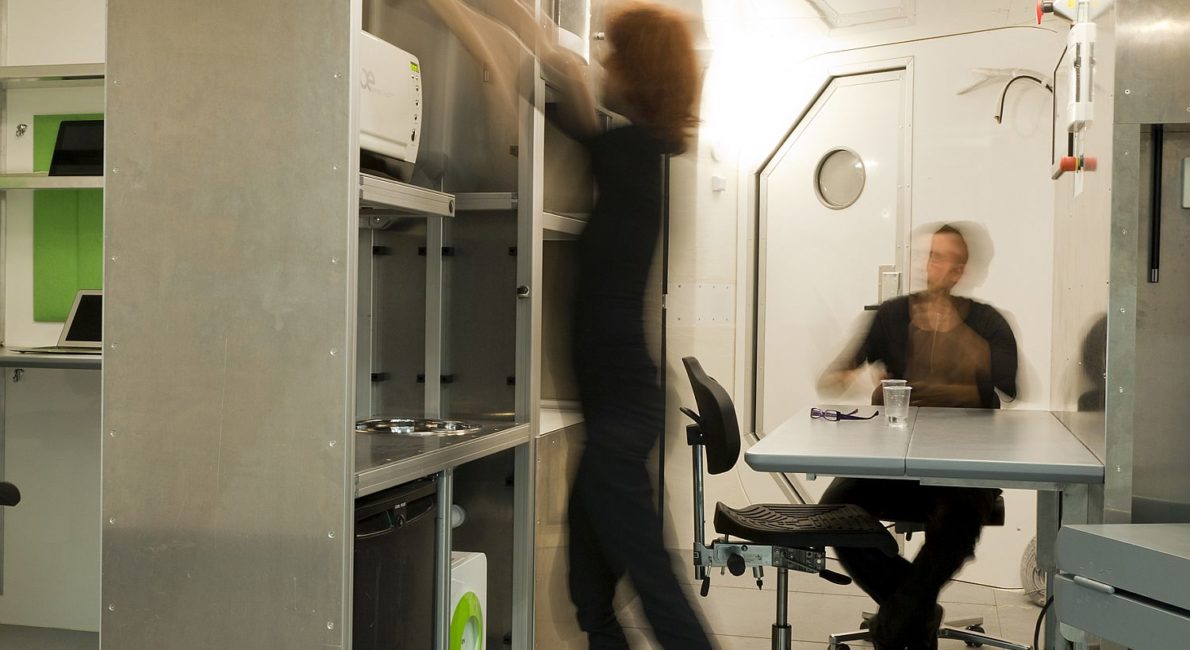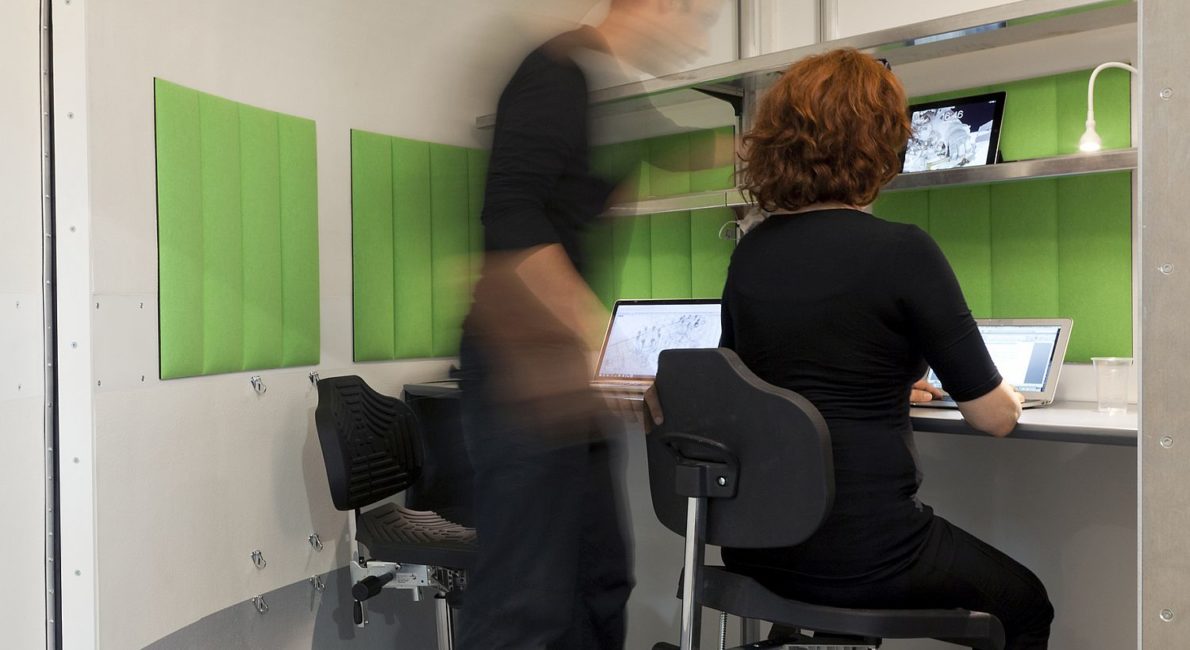SHEE – Self-deployable Habitat for Extreme Environments

Read our privacy policy
-
Architect
LIQUIFER Systems Group GmbH
-
Typology
- Special construction
-
Planning
2015
-
Execution
2015
The SHEE is a planetary habitat test-bed for terrestrial analogue simulations. To mitigate drawbacks and risks of human construction activity it is an imperative to apply autonomous construction methods. Therefore, selfdeployable autonomous habitats are needed, in particular, in extreme environments.
Habitat architecture combines design requirements for both terrestrial and space applications. The habitat will be used as a planetary base simulator and an habitat technology test-bed for two people and it can be clustered if the capacity should be required to be higher. Two habitats should fit next to each other in a payload shroud of near future heavy lift launchers.
The habitat without major modifications can be used in areas damaged by natural or man-made disasters. Its rapid self-deployable capability, partial subsystems autonomy and effective packing can provide people who lost their homes with long-term accommodation auto-assembled anywhere without the need of immediate connection to an infrastructure.
Research in extreme environments often requires specialized hardware and long term presence. Scientists, explorers and researchers are limited by the technical infrastructure and their capability to deploy their bases in remote or hostile environments, using minimum hardware and resources. To increase their efficiency, a SHEE sustainable research base would enable their permanent presence without any ecological footprint.Research in extreme environments often requires specialized hardware and long term presence. Scientists, explorers and researchers are limited by the technical infrastructure and their capability to deploy their bases in remote or hostile environments, using minimum hardware and resources. To increase their efficiency, a SHEE sustainable research base would enable their permanent presence without any ecological footprint.
SHEE is divided in five major functional areas. ENTRANCE PORTS, WORK areas, PRIVATE areas, KITCHEN and TOILET. Most of the internal furnishings (including bathroom wash basin) has to be deployable to accommodate the above described room functions. The habitat interior can be custom-furnished and used according to your research needs.
Capacity: 2 people for 2 days closed loop / 2 weeks open loop Drinkable water: 600 l Grey water storage: 55 l Filtered water storage: 210 l Black water storage: 200 l Power (grid): 10 kW 600 Ah rechargeable battery (fuel cell – optional) Output 12 V (DC), 24 V (DC), 200 V (AC) Transport: truck H2.4 x W2.8 x L6.0 m Mass: Approx. 6 000 kg
Possible research related to habitat use as technological test bed or habitat as a research base simulator:
– Habitability, ergonomics, structure and configuration
– Deployable hardware usability
– Habitat subsystems and interfaces technology tests
– Cognitive engineering, psychology
– Confined environments
– Human robotics / automation and systems interaction
Text from: SHEE Newsletter
Pictures: © Bruno Stubenrauch




